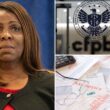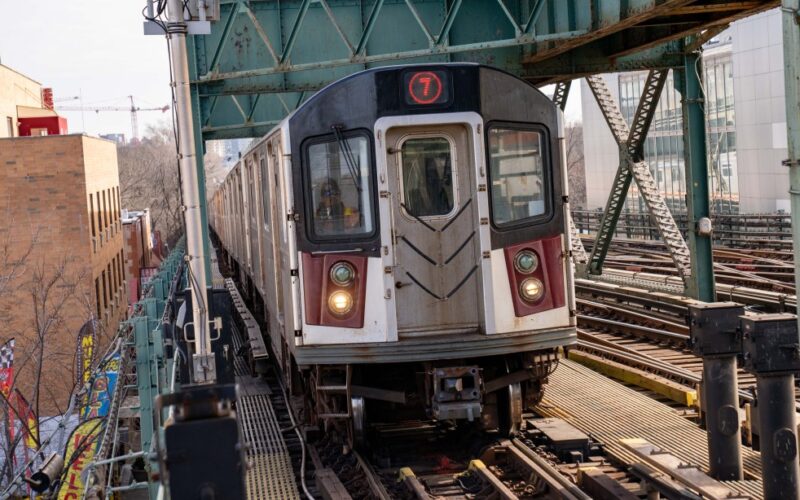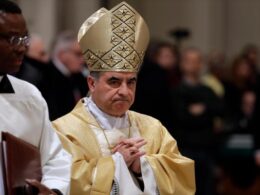One of the key issues in New York City politics this mayoral election year is the need for more housing. The candidates have or will lay out detailed plans on how to create more housing at all levels. I have a non-housing plan for more housing — build more subways! Let me explain.
In the mid-1990s, when the idea of restarting the Second Ave. subway was floated, most of my friends asked me if I was excited about the project. Having been a NYC transportation commissioner and MTA Board member, I said it was a good idea.
They were surprised I wasn’t absolutely thrilled. I responded by saying I was happy about it, but what was needed was a 10th Ave. subway. I said (at that time) you could stand at Chelsea Piers and see most of the Empire State Building, halfway across Manhattan. The reason for that? There was essentially no development from 14th St. to 35th St. on the West Side. The reason? No subway service.
The Bloomberg/Doctoroff administration was genius enough not only to recognize that fact, but also to figure out how to use “value capture” to pay for the extension of the No. 7 line (essentially a 10th Ave. subway). As a result, New York developers built a new city the size of Cincinnati in that space. Similarly, the Second Ave. subway has led to many new apartment buildings, and we can already see the rush to build where that line will be extended north.
Long Island City and the Mott Haven section of the Bronx are two development areas which have added thousands of new housing units. Why? Someone noticed they have lots of subway access.
Therefore, a good plan for housing: build more subways. Developers will follow.
My rule for NYC (modestly named Riccio’s Rule) is that the city needs to build a new subway line each decade for the next 100 years. That means New York needs to construct a mile of subway tunnel each year. This rule of course begs two questions: where to build and how to pay for it?
First, for where to build, I would look for areas that are “under” developed as the Hudson Yards area was before the No. 7 extension. My first suggestions would be to extend the Second Ave. line all the way down to the Lower East Side, build a line along the East River waterfront from Williamsburg all the way up to Astoria, and an extension of the No. 7 train south to 14th St. and perhaps across the Hudson to New Jersey. Those are all areas for strong, healthy development. I’m sure there are more.
As for payment, in addition to value capture, my favorite would be to charge Uber (the corporation, not the drivers or passengers) a similar amount to what the yellow taxi industry had to pay for a medallion.
A charge of $15,000 per year per car for Uber to be authorized to operate in Manhattan and the airports (equivalent to the original cost of a medallion) would raise more than $300 million per year, enough for one mile of tunnel each year. That charge will also likely do more for Midtown midday congestion than congestion pricing.
Second, institute a 50-cent per gallon gasoline tax (implemented at a dime a year for five years) in the five boroughs and a 25-cent gasoline tax (a nickel a year for five years) in the MTA counties. That would raise more than $500 million per year, enough to build a new subway station every two years.
Apparently, the current MTA capital plan is fully funded with the money the governor has added in her budget. It also appears that congestion pricing will continue to provide the MTA with much needed funds. But the MTA needs far more than that, especially if they want to follow Riccio’s Rule or if City Hall wants more housing.
The MTA is doing a great job with what it currently has but faces real challenges for its aging system. But we need to be thinking beyond what’s in the current plan. We need to be thinking about expansion in a serious and committed way. Without that commitment, New York’s reign as the top city in the world may be in jeopardy.
Riccio is a former NYC transportation commissioner, a former MTA Board member, and currently a partner in Gedeon GRC Engineering and an adjunct professor at the Stern School of Business at NYU.








